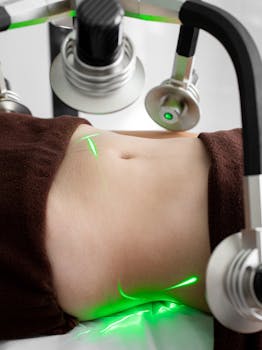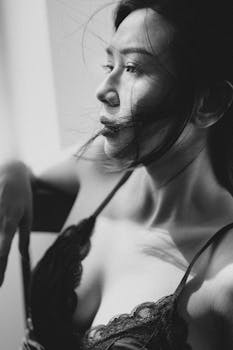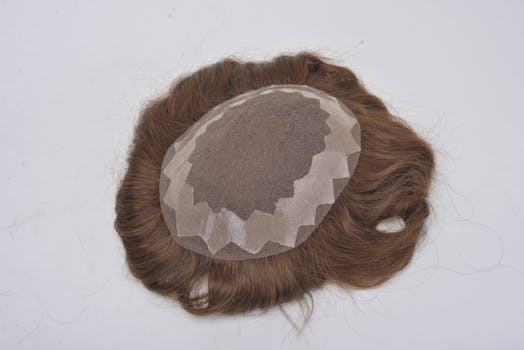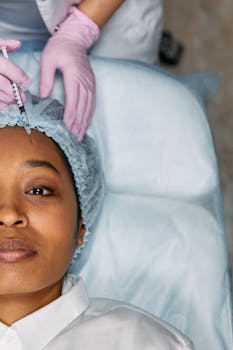Deciding to treat yourself to a salon blowout is an easy indulgence, but understanding how much it will set you back helps you plan. The hair blowout price can vary widely depending on where you go and what you want done—expect anything from an affordable quick service to a premium styling experience. This guide breaks down typical ranges, the factors that drive cost, and how to get the best value for your budget.
Average blow dry cost and what affects pricing
Salons typically set their blow dry cost based on several factors. Location is a major driver: downtown urban salons charge more than neighborhood shops, and boutique establishments with celebrity stylists will command premium rates. Experience matters too—junior stylists and apprentices often perform cheaper services than senior stylists or salon owners. Other elements that influence price include the salon’s overhead, the quality of products used, and whether the service is part of a package (for example, a cut plus blowout).
Hair length, texture, and add-ons
Hair type is another practical consideration. Longer, thicker, or curly hair takes more time to dry and style, so many salons add surcharges for very long or dense hair. Common add-ons that increase the final cost include deep-conditioning treatments, thermal protection sprays, styling products, and intricate finishes like curls or updos. Similarly, scheduling a blowout for a special event (weddings, photoshoots) may cost more than a routine salon visit.
Typical price ranges
Below are common ballpark figures you’ll encounter in many cities. Prices can differ by region and salon tier, so use this as a starting point rather than a strict rule.
- Budget salons and chain locations: $20–$45 for a basic blow dry
- Mid-range salons: $40–$80 for a classic blowout with a quality shampoo and style
- High-end or specialty salons: $80–$150+ for a premium experience, experienced stylist, and high-end products
- Add-ons: conditioning treatments $10–$40, styling details or updos $30–$100+
Savings strategies and when to splurge
To lower the blowout cost without compromising results, look for weekday specials, student discounts, or package deals that bundle multiple services. Visiting junior stylists or trainees can also save money—many salons offer these cheaper options under senior supervision. Conversely, splurge when you need long-lasting results for a big event, or if you want a stylist with a specific reputation or specialty. Paying a bit more often translates into better product use, longer-lasting styling, and reduced need for touch-ups.
If you’re recovering from a cosmetic procedure and wondering when to resume non-medical beauty treatments, it’s smart to coordinate timing with your healthcare provider. For general recovery timelines, see this rhinoplasty recovery timeline — what to expect after nose surgery for an example of how surgical recovery can influence scheduling salon visits.
What to expect at your appointment
Most blowout appointments include a consultation, shampoo, blow-dry styling, and finishing products. Arrive with clean hair if you prefer a lighter service, but many clients opt to have the stylist shampoo and treat the hair for the best result. If you have specific concerns—scalp sensitivity, recent coloring, or heat damage—mention them during booking so the salon can allocate extra time or select appropriate products.
Professional context and industry insights
Understanding the profession behind the service helps explain pricing trends. For broader information on the workforce and expected growth in personal care services, see the BLS occupational overview for stylists and cosmetologists.
BLS occupational outlook for barbers, hairdressers, and cosmetologists
- Bring photos of styles you like to ensure clear expectations.
- Ask about product brand and hold level if you need longevity for an event.
- Tip based on service quality—15–20% is typical in many areas.
Frequently asked questions
Q: How often should I get a professional blowout?
A: It depends on your routine and hair goals. Many people schedule a blowout weekly or biweekly for maintenance and styling convenience, while others reserve it for special occasions.
Q: Is a blowout damaging to hair?
A: Blowouts involve heat styling, but professional salons use protective products and techniques that minimize damage. Regular deep-conditioning and heat protection sprays reduce cumulative stress.
Q: Can I do a salon-quality blowout at home?
A: With a good round brush, a quality blow dryer, and practice, you can achieve salon-like results, though it often takes time and technique to match a professional stylist’s speed and finish.






